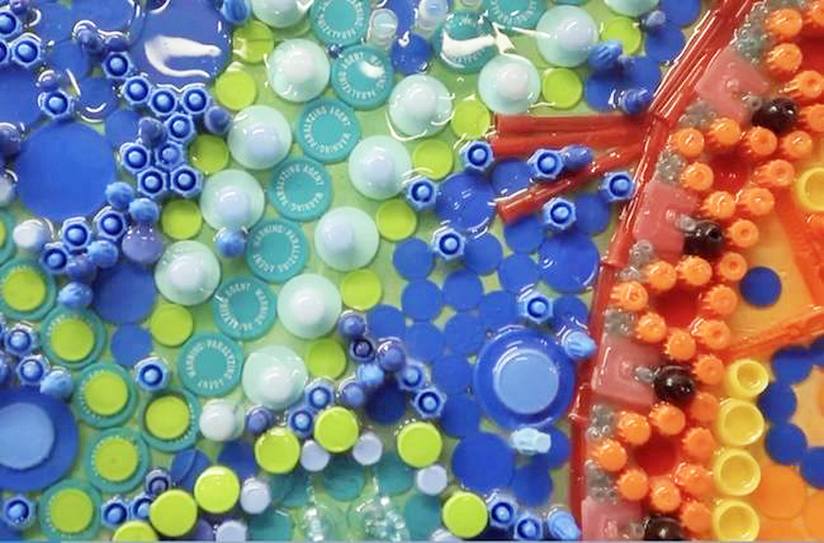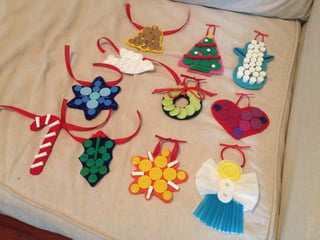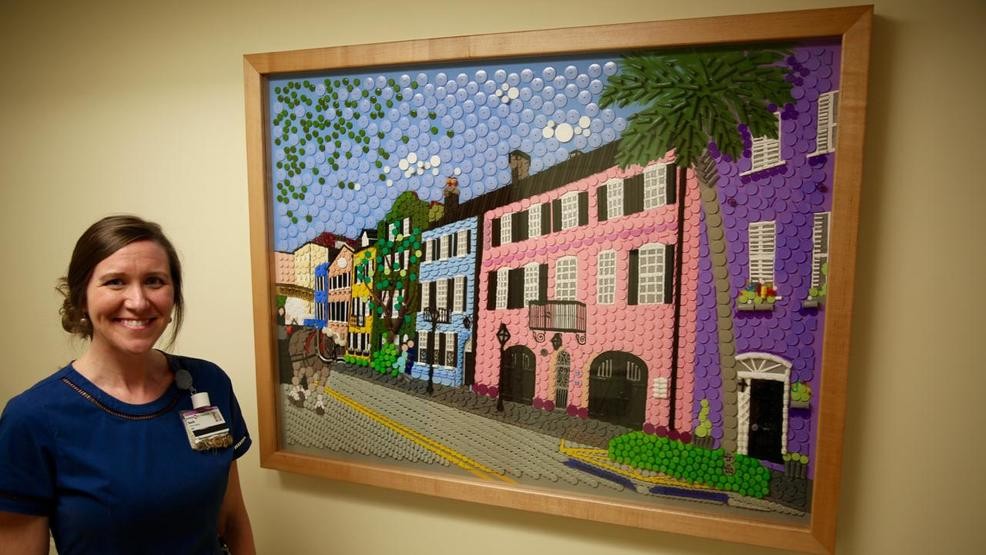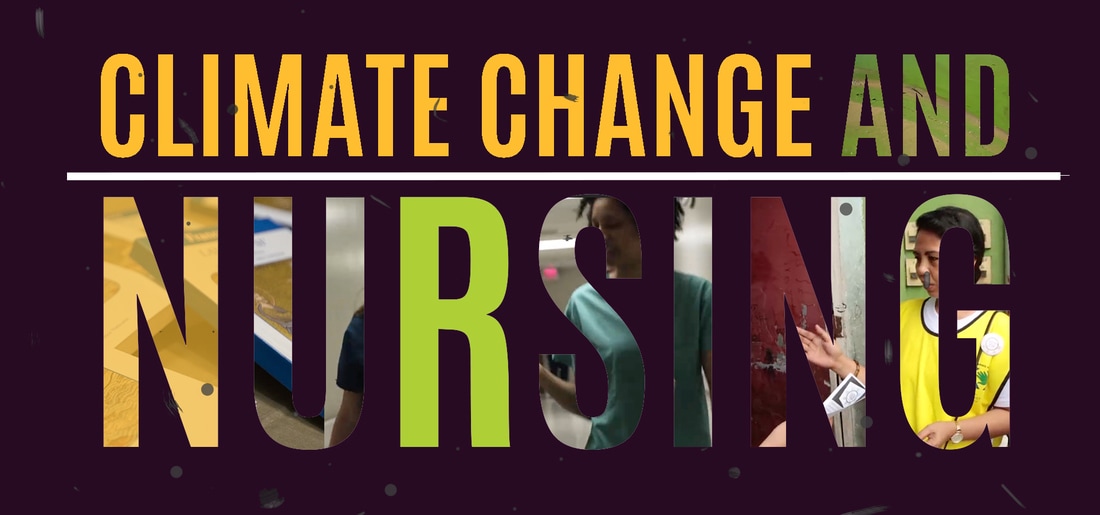For four decades, Donna Dalsing watched as colleagues threw heaps of blue medical wraps in trash bins.
The Phoenix Baptist Hospital nurse said the waste bothered her. After all, the wraps — clothlike polypropylene that bundles surgical utensils used in operating rooms — weren’t dirty or mangled. She would take some of it home for personal use, but she couldn’t figure out how to stop the problem on a larger scale.
Then Dalsing, 62, attended a green convention for medical professionals in Denver in 2012.
She saw others who recycled the wraps and made them into tote bags.
“It was like a lightbulb went off,” Dalsing said. “This is what we can do with the blue wraps.”
Dalsing, founder of the Abrazo Health Hospital’s Phoenix Baptist green team, shared the idea with her team members — and they started sewing.
The bags were a hit. Officials have given them out at the Susan G. Komen Race for the Cure and I Recycle Phoenix events.
Now, non-profit Keep Phoenix Beautiful officials want to organize their own sewing team to make the totes.
Nationwide issue
Recycling the blue wraps is part of a movement by the nation’s hospitals to battle medical-material waste, especially in operating rooms. The New York Times reported that many medical industries started to confront the amount of waste generated in 2010.
The nation’s hospitals produced nearly 6 billion tons of waste per year, according to the fall 2011 Medical Waste Management News, a quarterly publication that serves health-care facility waste-management workers. The publication estimated that 19 percent of the waste is blue wrap.
Blue wraps seal surgical instruments, and hospitals generally dispose of themonce opened.
Focus on recycling locally
Other Arizona hospitals have recycling initiatives focused on blue wraps as well.
Jeremy Owens, St. Luke’s Medical Center’s director of material management, said the hospital reduced its use of blue wraps last year. The operating room now uses sterilization containers instead of blue wraps.
Workers wash, clean and sterilize the containers before they reuse it to bundle surgical utensils.
The change cut down on the use of blue wraps by 75 percent, Owens said.
IASIS Healthcare, which operates 20 hospitals across the nation, including St. Luke’s in Phoenix, recycles other medical products and diverts 22 tons of material from landfills, Owens said. The Phoenix hospital started recycling about 2005, he said.
Abrazo Health has six hospitals in the Valley,including Phoenix Baptist. The hospital started its recycling program in 2011.
The hospital’s green team consists of staff from Phoenix Baptist, Maryvale and Arizona Heart hospitals.
The team works with national groups with similar goals, such as Practice GreenHealth and HealthCare Without Harm. The green team collects general information on sustainability in the medical industry and networks with other sustainable medical staff throughout the nation.
Making the blue totes
Dalsing, a northwest Phoenix resident, took the helm of the hospital’s green team in 2011.
She is a lifetime recycler both at home and work. Before Phoenix Baptist embraced recycling, Dalsing collected recyclable material, such as soda bottles and cardboard boxes, at work and took them home to recycle.
Today, Dalsing’s mission is to boost the hospital’s recycling program.
Dalsing estimates that Phoenix Baptist throws away about 33,576 varied-size sheets of wrap per year.
Her group wants to lower those numbers significantly. Once she discovered how to sew blue wraps into tote bags, she worked with the hospital officials for permission to collect the material. The team now takes some of the wraps home and sews them into bags.
One large sheet of blue wrap can create three to six bags, depending on their thickness and size. The shoulder bags are about 17 inches long and 15 inches wide, with a 32-inch-long strap.
The bags take about 30 minutes to cut and sew.
Most recently, the green team sold handbags for Earth Day to the hospital staff. They earned about $60, which they will use to finance other recycling efforts.
Bags make their debut
The bags made their public debut during Susan G. Komen Race for the Cure in October. The team sewed 65 bags, stuffed them with promotional items and handed them out to participants.
The green team later tailored 50 bags to give out during the I Recycle Phoenix, which scheduled a recycling event to collect electronics, glass, cellphones, batteries, chargers, lightbulbs and shred paper. Christown Spectrum Mall hosted the 2012 event in late December.
Phoenix Public Works Department contracts with Keep Phoenix Beautiful, a sister of Keep America Beautiful and a non-profit organization. Keep Phoenix Beautiful organizes and implements several programs about litter prevention and recycling initiatives, which include the I Recycle Phoenix event.
Tiffany Hilburn, Keep Phoenix Beautiful special-events manager, saw the bags for the first time.
“They were amazing,” Hilburn said. “I didn’t know you could make anything out of the blue wrap.”
Hilburn wondered what else was out there that could be recycled into a bag.
Future projects
Dalsing’s team also is working on other projects: replacing Styrofoam cups with reusable cups, replacing a smoking area with a tranquil garden.
Dalsing said the team has much work ahead and needs partners to sustain the project.
The group reached out to Arizona State University’s Ira A. Fulton School of Engineering, which offered an engineer to work with the team. The engineer will help the hospital identify other medical waste they could recycle.
Recycling begins with the hospital staff, Dalsing said.
“It’s a culture change,” Dalsing said. “Experts tell me it’ll take four to five years to make things happen because we are trained to think to throw everything away. Now we are trying to train the staff to rethink before you throw things away.”
Nurses, are any of the hospitals you work at utlilizing similar recycling efforts? Comment below!
Source: AZ Central
 Two creative Nurses saw the opportunity to not waste plastic medical materials. They each used them to create beautiful works of art for their patient's to enjoy.
Two creative Nurses saw the opportunity to not waste plastic medical materials. They each used them to create beautiful works of art for their patient's to enjoy.





 This article was written by the MODERN NURSE at
This article was written by the MODERN NURSE at 
